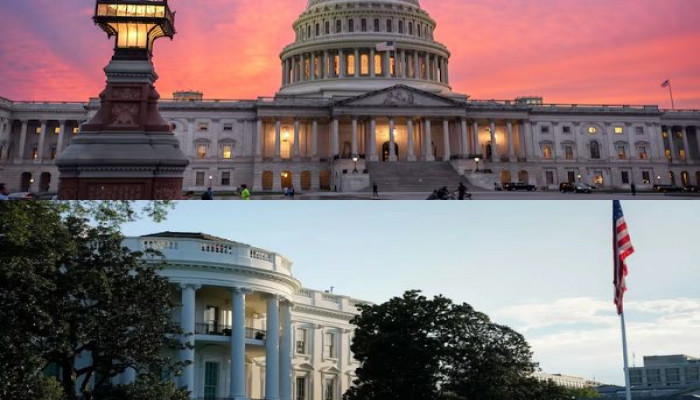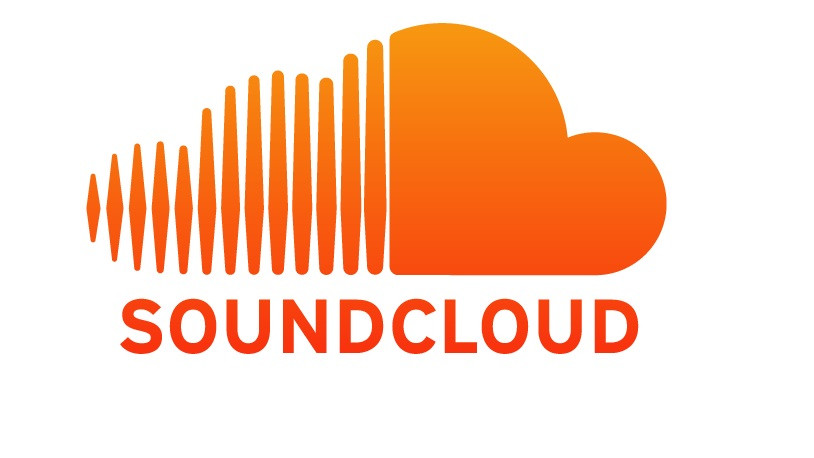US government shutdown begins as partisan divide blocks funding deal
- In Reports
- 06:47 PM, Oct 01, 2025
- Myind Staff
The United States government shut down much of its operations on Wednesday after Congress and the White House failed to reach an agreement on a funding bill, setting off what could be a long standoff that risks thousands of federal workers losing their jobs.
The dispute centres on $1.7 trillion meant for agency operations, which is about one-fourth of the total $7 trillion government budget. The rest goes largely to healthcare, retirement programs and interest payments on the $37.5 trillion national debt.
Analysts warn this shutdown could stretch longer than past closures, as Donald Trump and White House officials have threatened to pressure Democrats with cuts to federal programs and the government workforce. Trump’s budget director, Russell Vought, who earlier called for "less bipartisan" spending, said last week that permanent layoffs could follow if a shutdown happened.
The last shutdown under Trump remains the longest in US history, lasting 35 days between December 2018 and January 2019 over disagreements on border security.
Senate Democratic leader Chuck Schumer accused Republicans of political games, saying, "All they want to do is try to bully us. And they're not going to succeed." He made the remarks after a tense White House meeting with Trump and congressional leaders that ended without progress.
Experts point to the increasingly polarised political environment as a key obstacle. University of Chicago professor Robert Pape said the assassination of conservative activist Charlie Kirk and the growing influence of hardliners on both sides make compromise difficult. "The rules of politics are radically changing, and we can't know for sure where all of this is going to end," Pape said. "Each side would have to backtrack against tens of millions of truly aggressive supporters, their own constituents, which is going to be really hard for them to do."
Tensions escalated further when Trump circulated a deepfake video targeting Democrats. The video showed altered images of Schumer criticising his party, while House Democratic leader Hakeem Jeffries appeared with a cartoon sombrero and moustache drawn on his face. Schumer dismissed it, telling reporters, "It was childish. It was petty. It's something that a 5-year-old would do, not a president of the United States. But it shows how unserious they are. They don't give a damn about the harm they will cause with their shutdown."
Senate Majority Leader John Thune described the short-term spending bill that failed to pass as a "nonpartisan" measure free of political add-ons, saying Democrats had accepted such bills in the past. "What's changed is, President Trump is in the White House. That's what this is about. This is politics. And there isn't any substantive reason why there ought to be a government shutdown," Thune said.
Even though Republicans control both chambers of Congress, rules require 60 votes in the 100-member Senate to pass a funding bill, meaning support from at least seven Democrats is necessary.
Democrats, meanwhile, are under pressure from their base to deliver a win ahead of the 2026 midterm elections. Healthcare funding has become their central demand, as it is an issue that connects strongly with voters. They want to extend subsidies and ensure Trump cannot undo them later. Trump has refused to spend billions already approved by Congress, which has led some Democrats to question whether they should back any spending bills at all.
There is no clear solution in sight. Federal agencies have warned that the shutdown, the 15th since 1981, would halt the release of key economic data, including the September jobs report, slow air travel, suspend research projects, delay pay for US troops, and furlough around 750,000 workers at a daily cost of $400 million.
Trump, whose effort to overhaul the federal government is already expected to push out 300,000 workers by December, warned Democrats that the shutdown could clear the way for "irreversible" cuts to jobs and programs.
The shutdown began just hours after the Senate rejected a temporary funding bill that would have kept government agencies running until November 21. Democrats blocked it over Republicans’ refusal to attach healthcare extensions for millions of Americans whose benefits are set to expire at the end of the year. Republicans argued the healthcare issue should be handled separately.







Comments